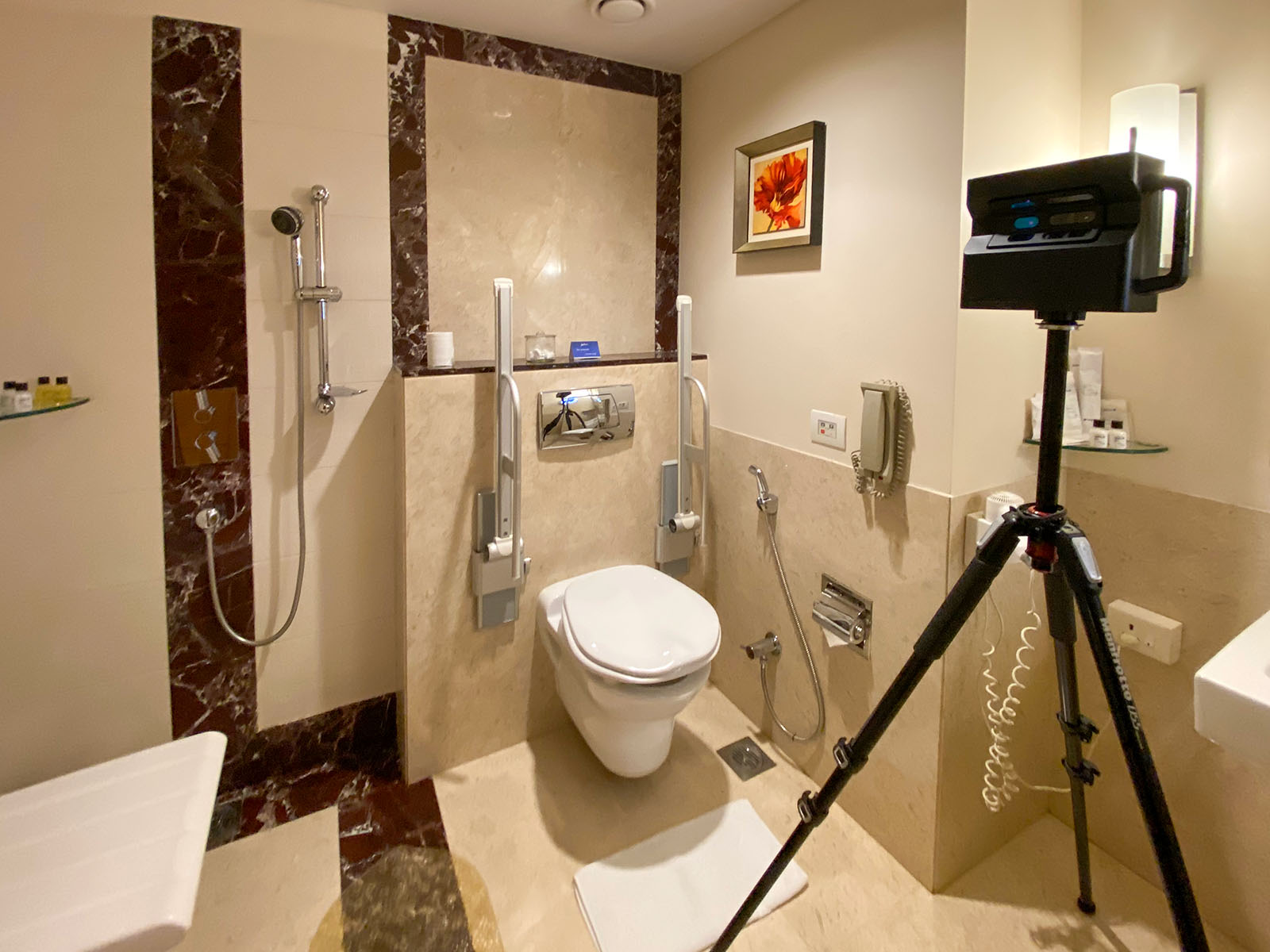For millions of people, the physical world presents a landscape of barriers. A simple step, a narrow doorway, or the absence of a handrail can render a public space unusable. In India, despite progressive legislation, a significant gap between legal mandates and lived reality continues to exclude a large part of the population from full participation in society.
This is not a niche issue, but a systemic challenge of infrastructure and social awareness, clearly visible in the country's public spaces and hospitality sector.
The Human Scale of a National Challenge
To appreciate the scope of the issue, it is important to understand the population it affects. Official data and global health estimates paint a clear picture of the number of individuals who require accessible infrastructure.
When considering temporary disabilities, the needs of the elderly, and the caregivers who accompany persons with disabilities, the number of people impacted by a lack of accessibility expands into the hundreds of millions.
The Legal Mandate vs. The Physical Reality
On paper, India has a robust legal framework. The Rights of Persons with Disabilities (RPWD) Act of 2016 is a comprehensive law that mandates equal access to all public and private establishments, including hotels. It legally requires these spaces to be designed with "universal design" principles. This was bolstered by the Accessible India Campaign (Sugamya Bharat Abhiyan), a nationwide effort to enforce these standards.
However, implementation has fallen short. A past project to digitally document a selection of hotels across India for an international booking platform revealed a stark reality: despite claims of being accessible, not a single property met the basic, functional criteria for a wheelchair user's continuous path of travel.
The Blueprint for Verifiable Accessibility
An effective accessibility audit is a rigorous process that replaces ambiguous marketing terms with measurable, objective data. Vague claims of "wheelchair friendly" are insufficient, as travelers with disabilities require specific metrics to make informed decisions.
A meaningful assessment requires granular documentation of a continuous "path of travel" and a non-negotiable checklist of features:
- A Continuous, Step-Free Path: Documenting an unbroken journey from an accessible parking space or drop-off point, through the lobby, to the elevator, and to the unit's front door.
- A Granular Bathroom Checklist: Requiring clear, unobstructed views of toilet grab bars, shower grab bars, and a permanent, fixed shower or bath seat.
- Unobstructed Views and Measurements: Ensuring shower curtains are fully open to reveal all features, and capturing a clear, measurable angle of the lip or step into the shower.
A Global Perspective
India's implementation challenges stand in contrast to the legally-enforceable standards in other nations. The Americans with Disabilities Act (ADA) in the United States sets out highly specific, legally-binding requirements with significant penalties for non-compliance.
Technology also plays a crucial role. Google Maps has integrated accessibility features, allowing its "Local Guides" to contribute real-world data on whether a location has a step-free entrance or an accessible toilet, providing a vital layer of user-verified information.
Conclusion: Bridging the Gap from Policy to Practice
The gap between India's accessibility laws and the on-the-ground reality represents a significant barrier, denying millions of citizens and potential tourists their right to move freely and participate fully in society. The issue appears to stem not from a lack of policy, but from challenges in enforcement, investment, and social awareness.
Proven methodologies and technologies exist to document and verify accessibility. The path forward requires a shift from passive acknowledgement to active implementation. For a nation with aspirations of global leadership, creating an inclusive and barrier-free environment is not a peripheral concern. It is an economic imperative and a fundamental measure of its commitment to the dignity and rights of all its people.
